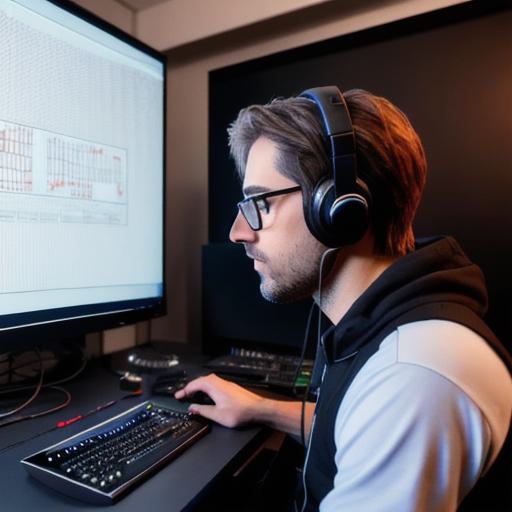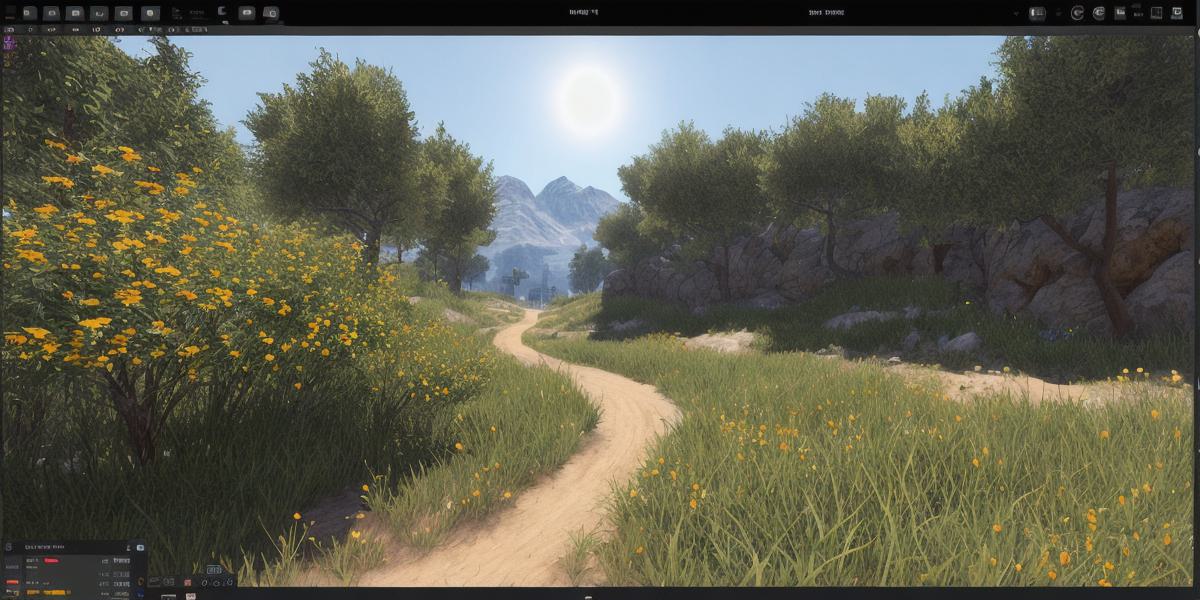As a game developer, capturing and recording gameplay footage can be a valuable tool for showcasing your project to potential investors, analyzing player behavior, and identifying areas for improvement. In this article, we will explore the different ways to record gameplay footage, the equipment you need, and best practices for doing so effectively.

Why Record Gameplay Footage?
Recording gameplay footage can serve several purposes in game development projects:
- Showcasing Your Project: Recording gameplay footage can be a great way to demonstrate your game’s features, mechanics, and overall gameplay experience to potential investors, publishers, or players.
- Analyzing Player Behavior: By analyzing gameplay footage, you can gain insights into how players interact with your game, identify areas of confusion, and make improvements based on their behavior.
- Identifying Bugs: Gameplay footage can also help you identify bugs, glitches, or other technical issues that may need to be fixed before launching the game.
- Improving Performance: Recording gameplay footage can help you optimize your game’s performance by identifying areas where the game is lagging, crashing, or experiencing frame rate drops.
Types of Gameplay Footage
There are several types of gameplay footage that you may want to consider recording, depending on your project’s goals and target audience:
- Highlight Reels: Highlight reels are short clips that showcase the most impressive or entertaining moments in your game. These can be useful for marketing your game or attracting players who are interested in seeing what makes your game unique.
- Walkthroughs: Walkthroughs provide a step-by-step guide to completing levels, solving puzzles, or achieving other goals in your game. These can be helpful for players who are new to your game or need assistance with specific tasks.
- Let’s Plays: Let’s plays are video series where players record themselves playing your game and provide commentary on their experience. These can be useful for attracting a wider audience to your game or providing valuable feedback on how players are interacting with your game.
- Gameplay Demos: Gameplay demos showcase specific features or levels of your game to potential investors, publishers, or players. These can be useful for getting feedback on your game’s design and mechanics before investing significant resources into development.
Equipment Needed
To record high-quality gameplay footage, you will need the following equipment:
- Camera: A camera is the most essential piece of equipment for recording gameplay footage. You can use a dedicated game capture card or a regular camera with a high frame rate and good image quality.
- Capture Card: A capture card is a device that captures the output from your computer’s graphics card and records it as video. This is necessary if you are using a regular camera that does not have built-in game capture capabilities.
- Microphone: A microphone is essential for recording audio, such as commentary or ambient sound effects in your game.
- Lighting: Good lighting can make a big difference in the quality of your video footage. You will need to set up proper lighting for your camera and any other equipment you are using.
- Computer: A computer with a high-end graphics card and sufficient processing power is necessary for capturing gameplay footage at a high frame rate.
Best Practices for Recording Gameplay Footage
To ensure that your gameplay footage is of the highest quality, you should follow these best practices:
- Choose the Right Camera Settings: Adjust your camera settings to capture high-quality video at a high frame rate. You can use software like OBS or Adobe Premiere Pro to set up your camera and capture gameplay footage.
- Use Good Lighting: Set up proper lighting for your camera and any other equipment you are using to ensure that your video footage looks professional.
- Record Audio: Use a microphone to record audio, such as commentary or ambient sound effects in your game.
- Edit Your Footage: Use video editing software like Adobe Premiere Pro or Final Cut Pro to edit your footage and add any necessary effects or transitions.
- Upload Your Footage: Upload your footage to platforms like YouTube, Twitch, or Vimeo to reach a wider audience and attract players or investors.
- Promote Your Content: Share your content on social media, forums, or other online communities to increase visibility and attract more viewers.
FAQs
- Can I use a regular camera to record gameplay footage?
Yes, you can use a regular camera with a high frame rate and good image quality to record gameplay footage. However, you will need to use a capture card to capture the output from your computer’s graphics card.
- What software should I use to set up my camera and capture gameplay footage?
You can use software like OBS or Adobe Premiere Pro to set up your camera and capture gameplay footage. These programs allow you to adjust camera settings, record audio, and add effects to your footage.
- How do I edit my footage after recording it?
You can use video editing software like Adobe Premiere Pro or Final Cut Pro to edit your footage after recording it. These programs allow you to trim, arrange, and add effects to your footage.
- Should I upload my footage to multiple platforms?
Yes, you should upload your footage to multiple platforms like YouTube, Twitch, or Vimeo to reach a wider audience and attract more viewers. This will also increase the chances of your content being discovered by potential investors or players.
- How do I promote my content online?
You can promote your content on social media, forums, or other online communities to increase visibility and attract more viewers. You can also collaborate with other content creators or reach out to gaming websites or blogs to feature your content.
